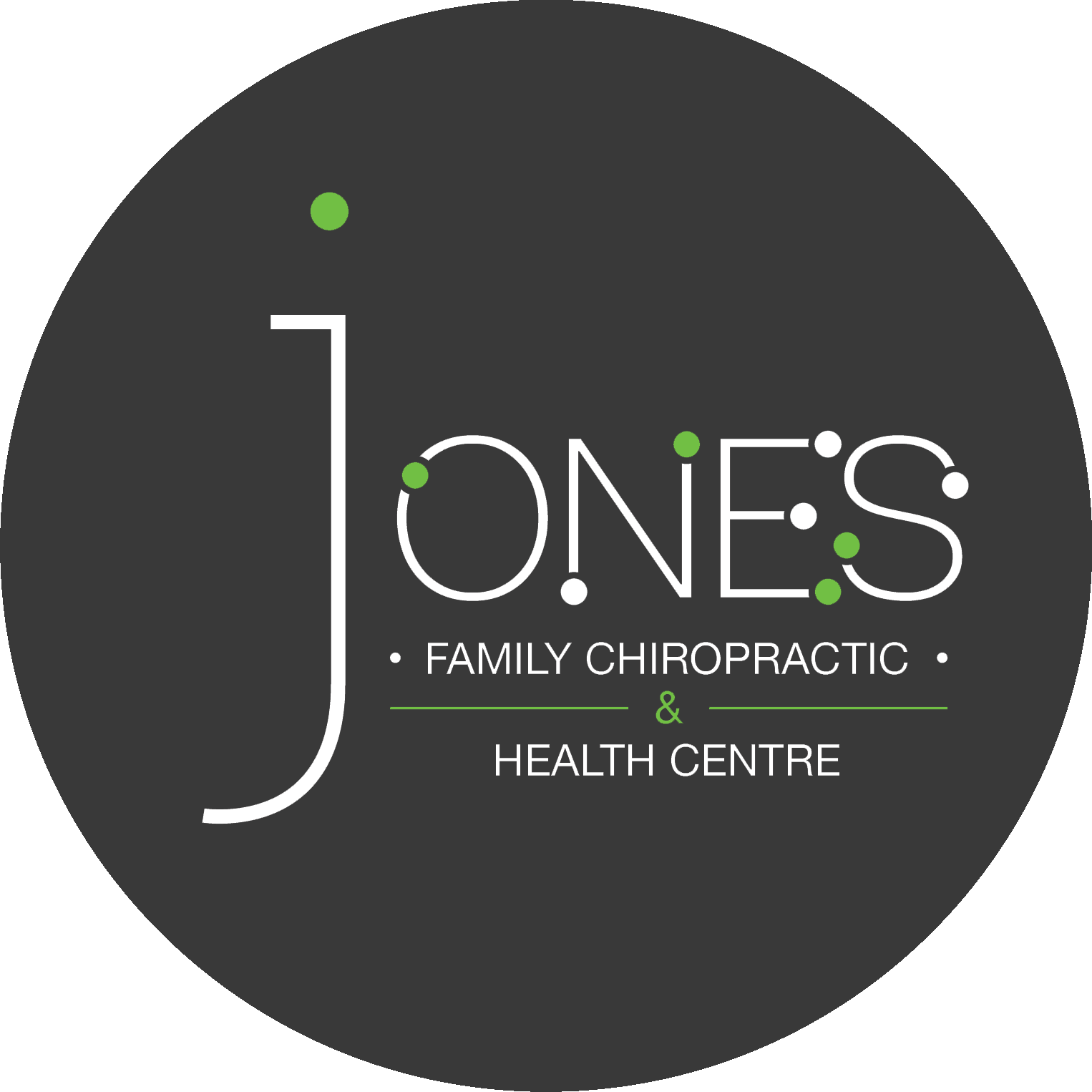Ingrown Toenails
Partial Nail Avulsion – For Ingrown nails
What is an ingrown toenail?
Ingrown toenails, also called Onychocryptosis, are caused by recurrent pressure on the edge of the nail resulting in an inward growth of the nail in the surrounding nail folds.
Factors that can cause the side of your nail digging into the side of your skin include
- Damaged toenails
- Various shaped or naturally curved toenails
- Poor fitting footwear
- Incorrect toenail cutting
- Poor foot hygiene
- Abnormal gait and demanding sporting activities
- Fungal nail infections
- Underlying health conditions such as diabetes, heart disease, poor circulation or decreased immune system
Symptoms can include
- Pain and tenderness along the side of your nail
- Redness and swelling
- Inflammation and bulging
- Pus
- Odour
There are two treatment options we perform here at Jones Health
Conservative, or non-surgical
Surgical, or permanent
Conservative, or the non-surgical treatment method for Ingrown Toenails
This is often your first consultation with us or this appointment type is recommended if you are unsure whether you require surgery or not. If you are experiencing discomfort, tenderness, or pain around the edge of your toenails, our Podiatrists are skilled to treat the condition during your first consultation.
The conservative treatment option involves us assessing the toenail first and foremost. Here, we identify the cause of the discomfort. You may have a nail spike lodged in the side of your skin or a build up of dead skin cells which are causing pressure along the edge.
Rest assured, we thoroughly clean the toenail, treat it by removing the nail spike or debriding the dead skin, or callus and thoroughly clear the side of the toenail(s) to relieve any pressure and pain.
We then dress the toenail and provide after-care instructions, alongside other preventative measures that may be useful to know.
This type of treatment can be a one-off. Meaning, if this is your first time experiencing an ingrown toenail due to either irregular cutting, or trauma, we may just need to clear the sides and you will not experience this discomfort again.
However, in some instances, people are prone to ingrown toenails. If this sounds like you, your podiatrist can offer different solutions, such as routine care with the involvement of a medical pedicure, or a permanent solution to treating your ingrown toenails- a Partial Nail Avulsion (see below).
Ingrown Toenail Surgery
Ingrown toenails can be classified as mild, moderate, or severe. Depending on the severity of your toenail or personal preference, you may opt for a Partial Nail Avulsion to treat your ingrown toenail.
A partial nail avulsion is a common surgical procedure we perform at our practice daily. This procedure is done in our Podiatry clinic under local anesthetic and usually takes about an hour.
Once your toe is numb, a small section of the nail edge is removed from the offending nail (see image below).
Depending on the severity of the ingrown toenail and your symptoms, a chemical matrixectomy can be used to prevent the portion of the nail removed from growing back. Your Podiatrist will discuss the permanent/chemical and the non-chemical difference with you to ensure you are comfortable with the treatment option recommended.
Ingrown toenail Surgery Costs
The cost for an ingrown toenail surgery starts from $390 for one toe. Your podiatrist will discuss pricing and the best treatment plan during your consult. We do not believe in surprise costs!
Top Ten Benefits of Ingrown Toenail Surgery –
Done within our clinic. No need for additional referrals or a consultation before. You can book directly with us for the surgery.
The entire procedure takes about an hour. You can go home straight after!
It is under local anesthetic. This means, it is just your toe that is numbed up. It takes about two hours to wear off and you may be able to resume your daily activities the next day.
You will not be required to take any additional time off school or work.
As the procedure is done under local anesthetic, it is pain-free
We dress the toe after the procedure and provide a tailored dressing pack after your surgery containing all the equipment you may need to keep your wound clean. We also provide you with an after-hours number that is always available to you.
You do not need a post-op shoe or special braces for the healing period.
There is often little to mild discomfort after the procedure. Some do not even require painkillers!
We continuously monitor your progress to ensure your toe is healing well.
This procedure can be done permanently, which means you may never have to worry about ingrown toenails again!
It is important to note however, that although we do endeavor to provide optimum results, there is always a chance that even after the nail has been removed through a chemical matrixectomy, the nail cells can still grow back. Your Podiatrist will discuss all these outcome measures with you to ensure you understand the possible outcomes from your surgery.
If your toenail has been severely damaged and a Partial Nail Avulsion may not provide the results you may be seeking, your Podiatrist may recommend a Total Nail Avulsion.
This is where your entirety of your toenail is removed instead of a small piece from the side. The healing outcomes and surgical procedure remain the same.




